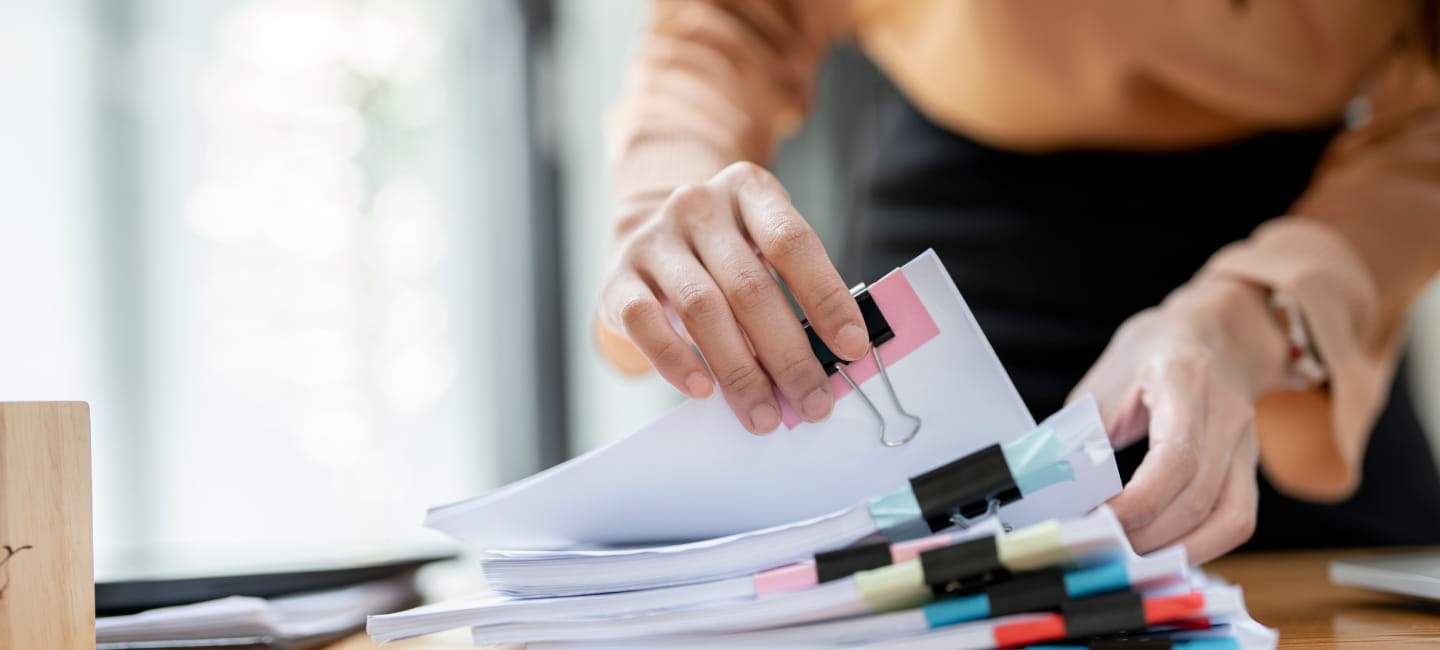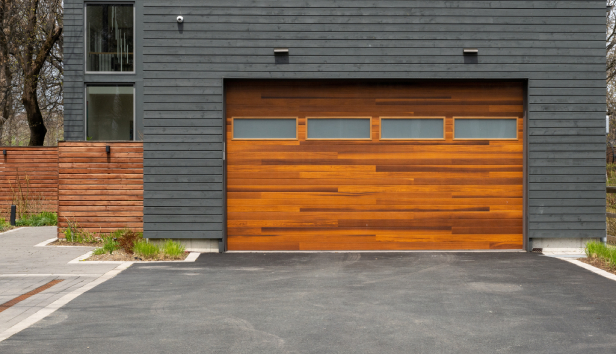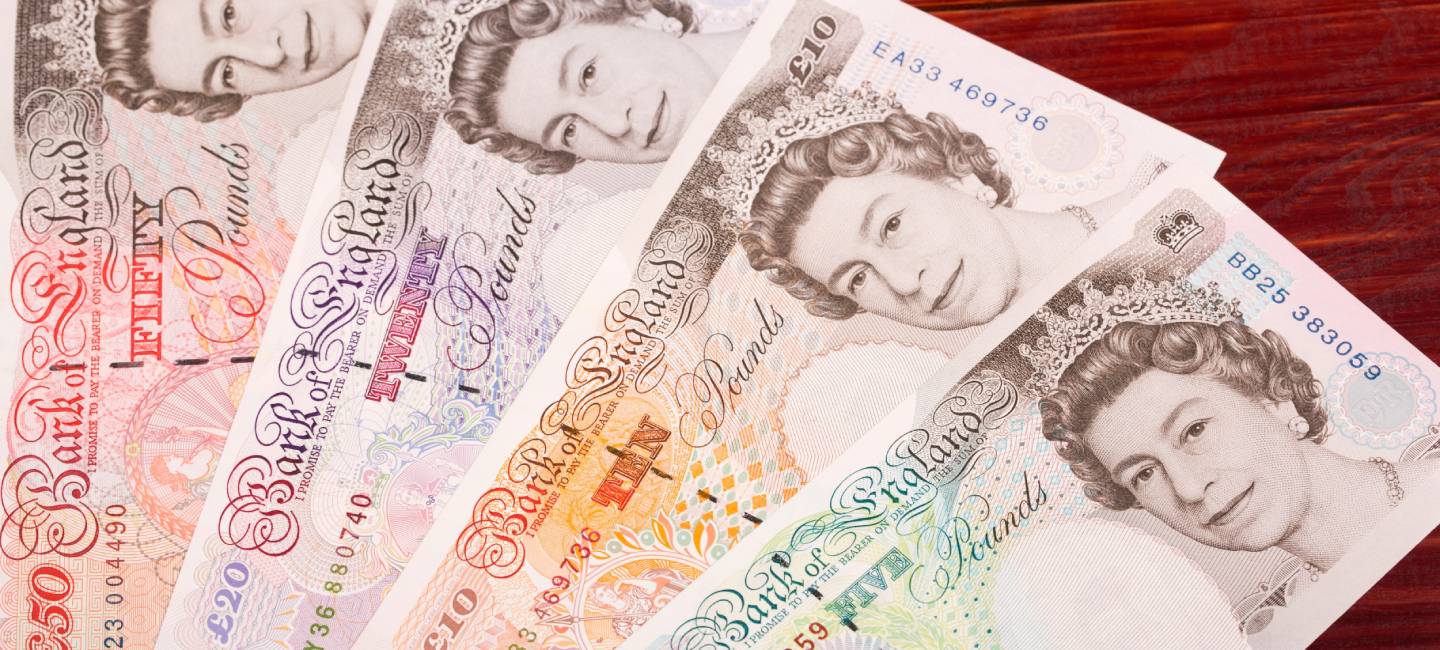

If you’ve got any old gold jewellery lying around at home, if it’s not being worn and doesn’t have any sentimental value, now might be the time to consider selling it.
Gold has shot up in value over the last year. In July 2025, the price of a troy ounce of gold hit £2,500, up from £1,864 over the course of a year.
This means the value of gold more than tripled in the past 10 years.
Of course you won’t want to sell treasured gold jewellery, but if you’ve got some unloved items you no longer wear, or any old or damaged pieces of gold, it could be worth getting them valued.
There are many companies out there who will pay for your old gold jewellery. But if you don’t learn what to look out for, you could end up losing out on hundreds of pounds.
What’s on this page?
When you’re thinking of selling and are wondering how much your gold is worth, you don’t have to do this yourself – buyers will value your gold before offering you a price.
However, it’s helpful (and interesting) to arm yourself with as much knowledge of the makeup and rough value of your pieces before getting started.
To begin with, the purer – or ‘finer’ – an item is, the more it’s likely to be worth.
We’ve all heard of 24-carat gold, which is the metal in its purest form – this is what coins and bars will usually be made from. However, gold jewellery is often combined with other, less valuable, metals to make it more durable when being worn.
The first thing to do is inspect your gold for a hallmark (you may need to buy a special magnifying glass for this), allowing you to get to know the makeup and history of each piece by understanding the marks.
Fineness numbers will indicate the minimum purity level: these are typically 916 for 22-carat gold, 750 for 18-carat, 585 for 14-carat and 375 for 9-carat.
Next, you should weigh your gold. The more accurate you can be here, the better idea of value you’ll get. Kitchen scales aren’t reliable enough for this task, so you’ll need to access fine instruments – such as precision scales that measure to the nearest 0.1g or asking a local jeweller – to get a much clearer idea.
Once you’ve worked out the weight and the purity of the gold in your item, you’ll have an idea of the potential value of your jewellery.
According to the National Association of Jewellers (NAJ), if you have 10g of 18-carat gold (with a fineness of 750), this means it's 75% pure gold and therefore contains 7.5g.
Use the current cost of gold – the Royal Mint publishes a live price – to work out how much this could be worth.
Gold is priced per troy ounce, which is equivalent to roughly 31g. This means you need to divide the current price by 31 to give you a per gram figure, then multiply this by the amount of pure or fine gold you have in grams.
At the time of writing, gold was trading at £2,500 per troy ounce, which translates to roughly £81 per gram – so our example item, which contains 7.5g of fine gold, will have a maximum value of around £607.50.
If your jewellery doesn’t have a hallmark, but you believe it to be gold, it’s worth taking it to a professional to get it checked. This can be done in person or online, and valuers will have special machinery to inspect your item safely and determine its makeup.
“Just because something looks gold doesn’t necessarily mean that it is – which is why all metal is tested when we receive it to confirm its finesse,” James Constantinou, founder of Prestige Pawnbrokers, says.
“We also test each item to ensure it is not just gold-plated, which would add weight and skew its value.”
If you’re only interested in the value of your gold, you’ll need to remove any gemstones or similar additions to get a true valuation. But be warned, this can damage the stones and it’s not advisable to do this at home.
Before altering the piece it's a good idea to get your item valued by an independent jeweller, as it may be worth more complete than just the scrap worth of the gold used.
.jpg?sc=max&mw=800&h=450&la=en&h=731&w=1300&hash=F08F4C0BBE93C9FFB34705D22DA72D8B)
When it’s time to find a buyer, you’ll need to shop around. Don’t be surprised if the offer is a lot less than what you’ve estimated the gold to be worth.
This is because the business will have a variety of other running costs to consider, as well as the expense of refining the gold itself before it can sell it on.
This means it’s imperative to get multiple quotes for your gold before selling – choosing the first offer means you could be missing out on large sums of money.
It’s also critical that you look for a firm with a clear, positive history before selling. As gold buying is an unregulated industry, many scam sites have sprung up (often offering higher valuations than others). As ever, if the offer seems too good to be true, it probably is.
Constantinou says: “When selling gold, you must choose a reputable company that will pay you the best price.
“Nowadays, it is much easier to find a trustworthy business by looking at their Trustpilot and Google reviews. This can help you check that the company you find is the real deal.”
Also check how long the company has been in business for, and if they belong to any trade bodies, such as the NAJ.
A local jeweller may be able to value your items and make an offer, but there are a huge number of traders that operate online and will ask you to send your pieces to them to be valued.
Making the choice of who to go with will depend on several factors – the price you might receive, the hassle involved in getting multiple quotes and the speed with which you need the money.
If you need to send your jewellery off, many reputable gold buyers will send you a prepaid, padded envelope where you can send your items securely.
However, always strongly consider insuring your items and sending by special delivery (or equivalent) if that’s not already offered for additional peace of mind.
Always take photos of the jewellery before sending and inform the company what’s being sent as well. They should offer a valuation of your items, which you can accept, or reject and have the jewellery sent back to you.
Unless you are selling large quantities of gold, you shouldn’t have to worry about paying tax.
Under current rules, you will only be liable for tax on the sale of jewellery and other possessions in certain circumstances.
Capital gains tax only applies to gains (profits) made on personal possessions valued at £6,000 or more. If you have an item that exceeds this threshold, there is also currently a £3,000 individual annual allowance – so gains below this level are tax-free.
Above it, CGT is charged at either 18% or 24%, depending on your personal tax bracket.


.jpg?la=en&h=650&w=1440&hash=D2D232A61FCEAEBDC0D69D8AE38E8E41)



The key times when we often forget to dig out and check our inheritance plans.

Our guide shows you how to exchange or sell your old coins and notes – including the easiest way to do it.